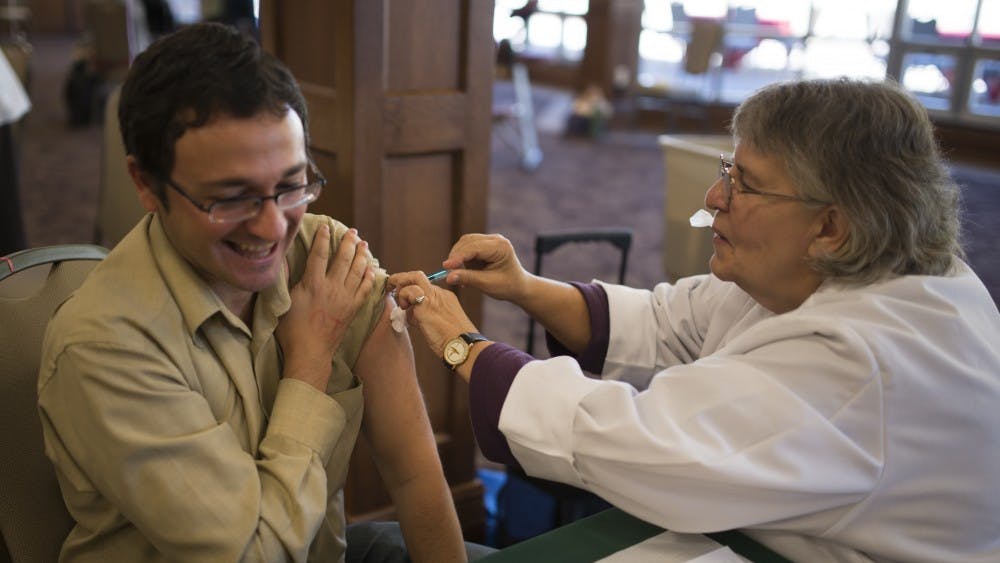Sophomore Charles Lee's dinner on a recent weeknight consisted of fried chicken, mashed potatoes, corn and apple cobbler for dessert. Preparation only took minutes -- in fact, all he needed to do was set the timer for his microwave oven. \n"It's quick and easy," Lee said, as he watched the tray swivel. "I usually buy several microwave dinners whenever I do groceries."\nMany find prepackaged foods -- including frozen pizzas, toaster pastries, microwave dinners, canned products, macaroni and cheese and various snacks -- an inescapable presence in their diets. \n"I try to avoid them as much as possible because they're not very healthy," said junior Emmanuel Obeng-Gyasi. "But sometimes I don't have a choice because I'm so busy and need to get a quick meal."\nPrepackaged food provides immediate satiety for students when they aren't in the mood or don't have time for cooking or dining out. Like all good things, however, it has a price. \n"When foods are prepackaged, they are usually prepared with more salt, sugar and calories than they would have if you made them yourself," said Victoria Getty, director of the Didactic Program in Dietetics at IU. "For example, a package of frozen french fries is certainly higher in fat and salt than if you had made it from whole potatoes."\nSodium, mostly absorbed by the intake of salt, is related to the regulation of blood pressure in the body. According to the U.S. Department of Health and Human Services, excess salt contributes to high blood pressure and possibly osteoporosis.\nNatural foods contain varying levels of saturated and unsaturated fats, said Mary Jo McClintic, a registered dietitian and health educator at Bloomington Hospital. Highly processed foods come with generous quantities of "bad" types of fats, which include saturated and trans fats, she said. Both are linked to atherosclerosis, a condition characterized by plaque buildup in arteries, but trans fat is considered especially detrimental.\n"Trans fat increases the amount of LDL, or 'bad cholesterol,' the type that's embedding itself in our blood vessels. At the same time, it decreases the level of HDL, or 'good cholesterol,'" said McClintic. "This contributes to risks of coronary heart disease, stroke, diabetes and others."\nMost of the trans fat found in prepackaged foods is the result of a widely used industrial process known as partial hydrogenation. The process begins with vegetable oil. In its natural form, vegetable oil is in the liquid phase at room temperature. When exposed to hydrogen in the presence of a metal catalyst, vegetable oil is converted into trans fat, which is in solid form. This allows for easier transport of oil and increased shelf life.\nAccording to Channing Laboratory at the Harvard School of Public Health, replacing hydrogenated fat with unhydrogenated vegetable oils in consumer products would prevent approximately 30,000 premature coronary deaths per year. \nA good rule of thumb to use when reading a nutrition label is to look for three grams or less of total fat for every 100 calories, said McClintic. This is especially important because fats have much higher calorie concentrations than carbohydrates or proteins.\nDue to recent increase in trans fat awareness, food manufacturers in the United States are required by the Food and Drug Administration to list trans fat content on nutrition labels by Jan. 1, according to the FDA Web site. The FDA implemented a similar revision to nutrition labels in 1993 by adding saturated fat and cholesterol content.
Pre-packaged food high in sodium, 'bad' fats
Get stories like this in your inbox
Subscribe





